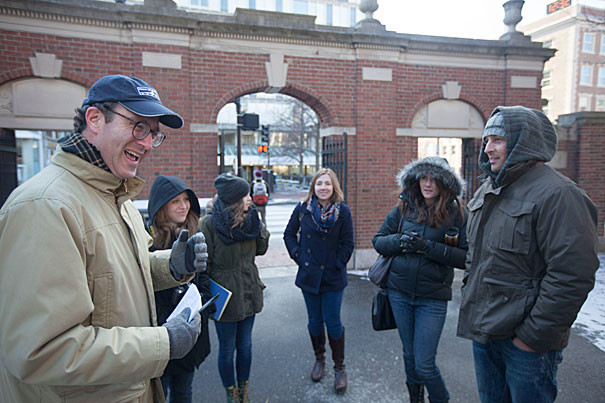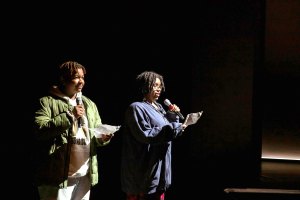Arts & Culture
-
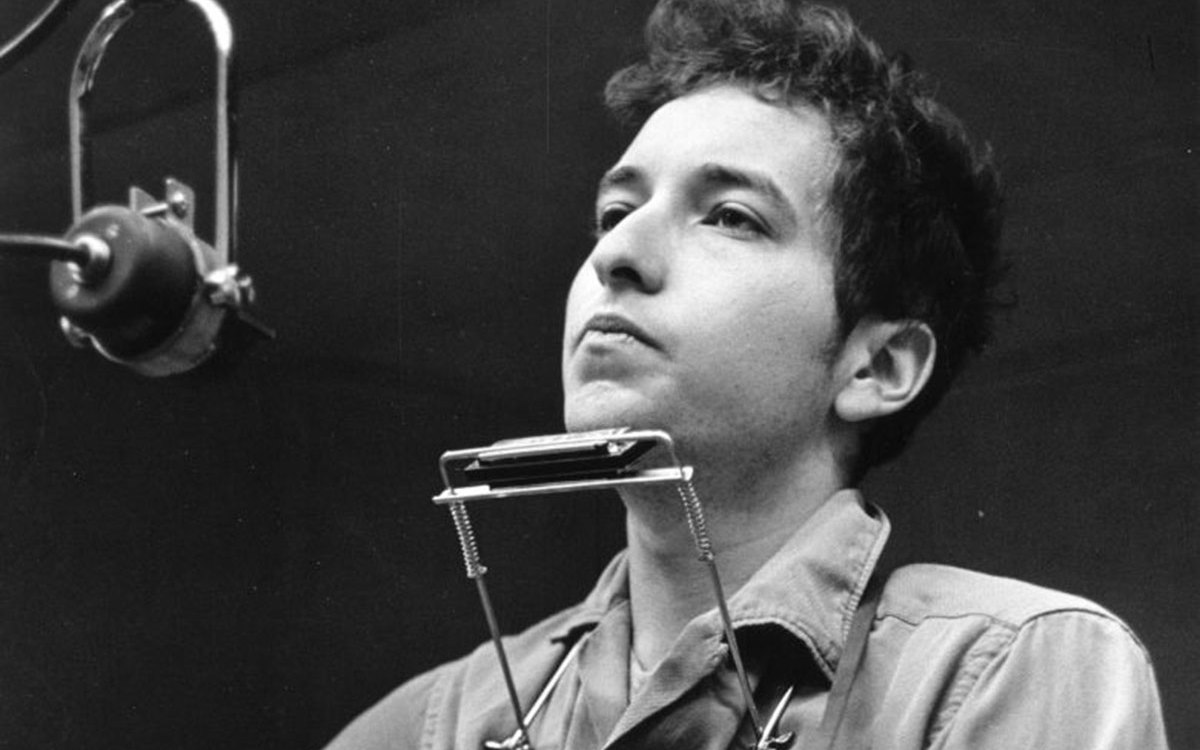
Voice of a generation? Dylan’s is much more than that.
Classics professor who wrote ‘Why Bob Dylan Matters’ on the challenge of capturing a master of creative evasion
-

Holiday treats from the kitchen of Julia Child
Recipes from celebrity chef’s archive at Radcliffe
-
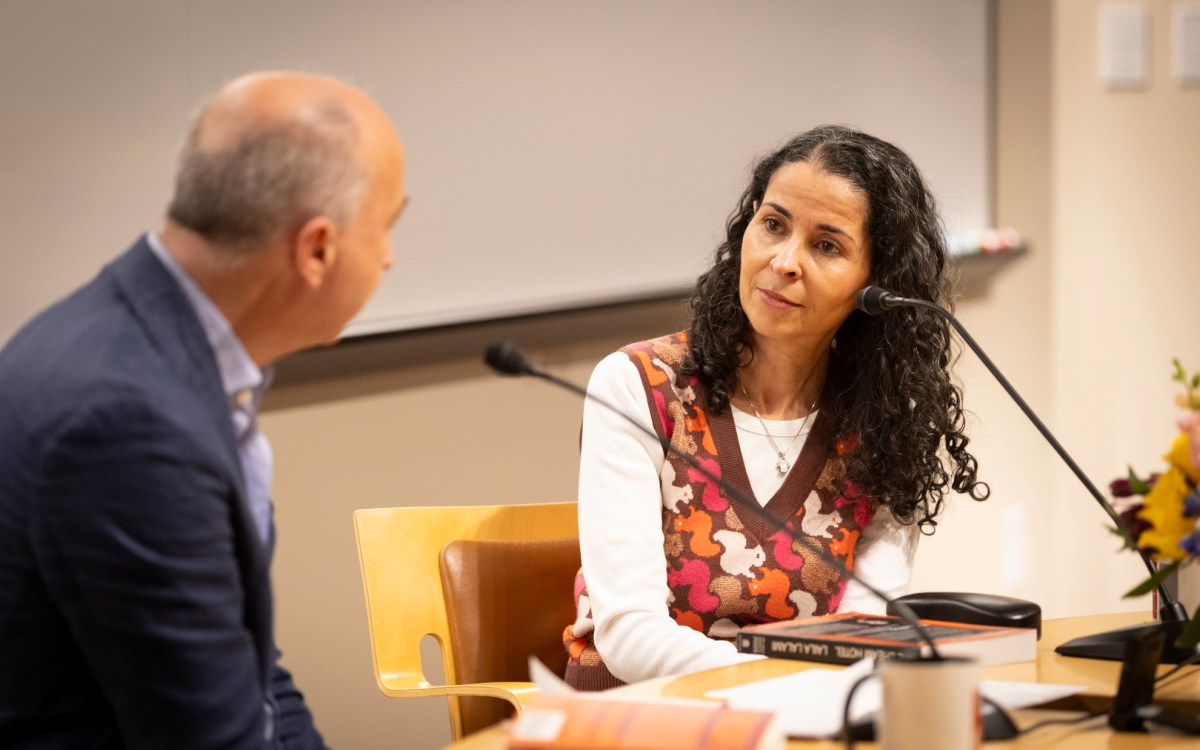
How a ‘guest’ in English language channels ‘outsider’ perspective into fiction
Laila Lalami talks about multilingualism, inspirations of everyday life, and why she starts a story in the middle
-
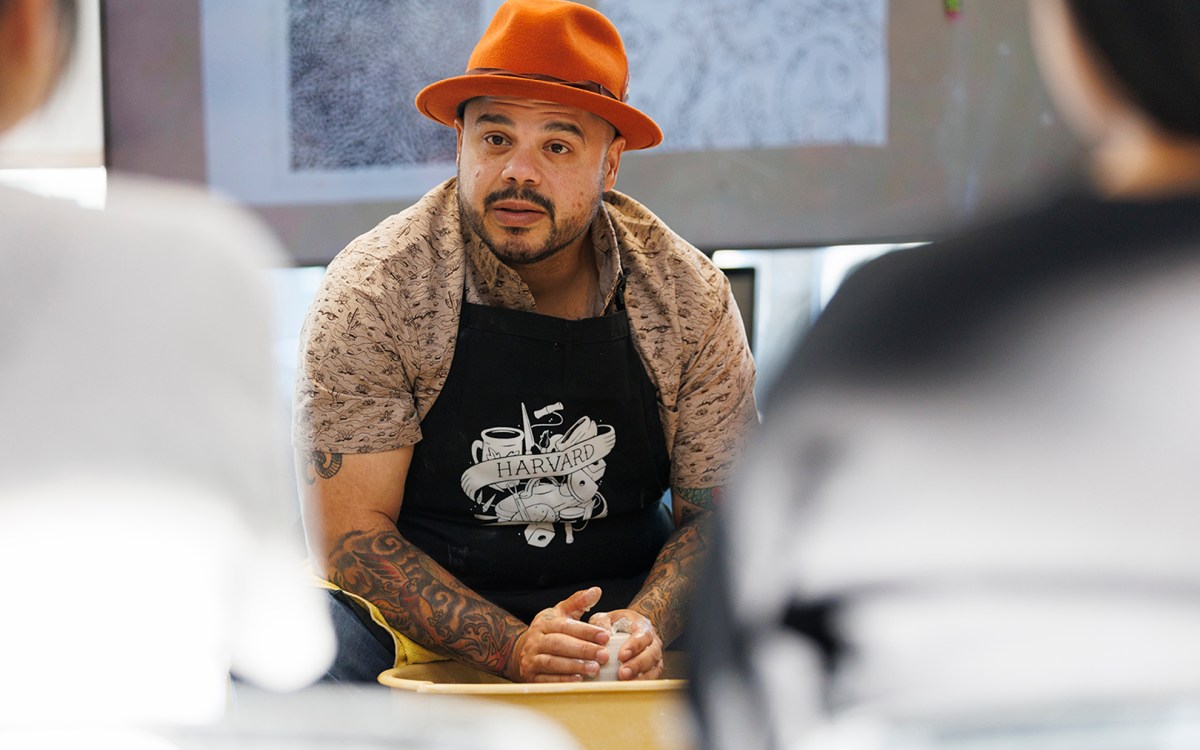
Potter gets fired up about helping students find their own gifts
Roberto Lugo says his art creates conversations and ‘that’s where the magic happens’
-

The 20th-century novel, from its corset to bomber jacket phase
In ‘Stranger Than Fiction,’ Edwin Frank chose 32 books to represent the period. He has some regrets.
-

Dance the audience can feel — through their phones
Engineer harnesses haptics to translate movement, make her art more accessible

-
In search of sacred spaces
Installation artist Helen Marriage, a Loeb Fellow at the Harvard Graduate School of Design, conversed with Professor Rahul Mehrotra about a modern conundrum: In an increasingly secular age, can public space be spiritual? “Streets of Gold” continues the series on April 5.

-
Jason Alexander, front and center
Actor Jason Alexander, best known for playing the neurotic George Costanza on the television comedy “Seinfeld,” visited Cabot House for a cozy conversation with 60 students.
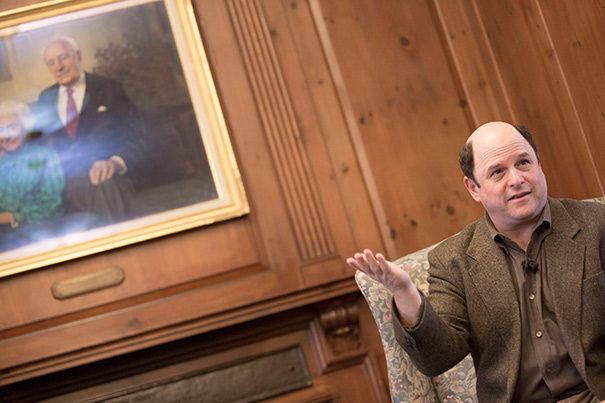
-
A tuned-in savior
Harvard music professor Anne Shreffler and a trio of graduate students have developed an exhibit based on the extensive material related to contemporary music patron Paul Fromm. “Composing the Future: The Fromm Foundation and the Music of Our Time” is on view at the Eda Kuhn Loeb Music Library through May 2.
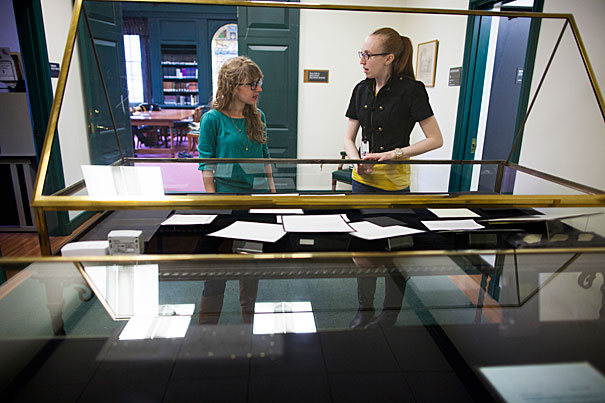
-
Portraits of vanished Indian life
A pair of 19th-century photo albums, recataloged after more than 130 years at Harvard, reveals a vanishing world of North American Indians.
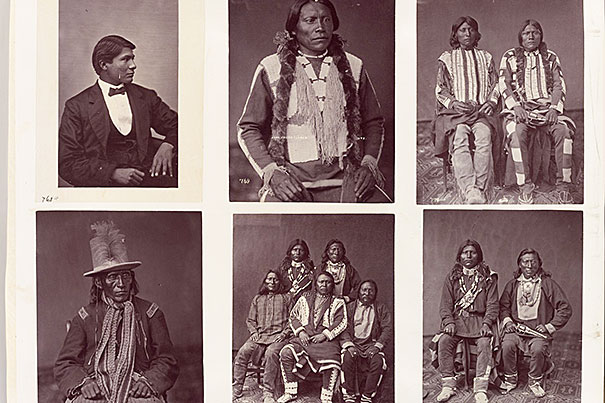
-
Isaacson to deliver Rothschild Lecture
Best-selling author and journalist Walter Isaacson will present the 2013 Maurine and Robert Rothschild Lecture, “The Genius of Jobs, Einstein, and Franklin,” on April 8 at the Radcliffe Gymnasium.

-
The dark side of chocolate
Exploring the sweet and dark sides of chocolate, a new course examines the history and food politics of the beloved treat.
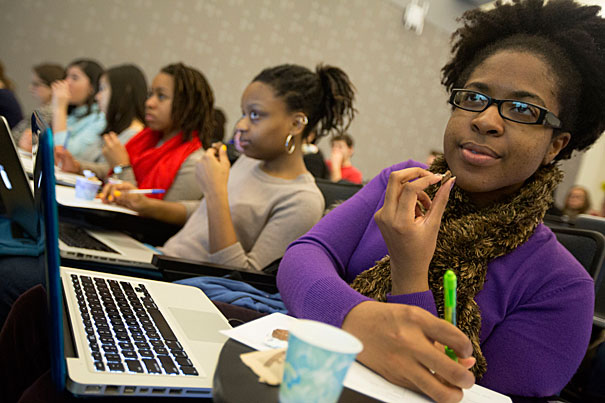
-
New spaces for old friends
What’s in store for the revamped Harvard Art Museums, set to open in fall 2014? On Wednesday evening, curators offered visitors a glimpse of how the museums’ collections will be showcased in the new building, with a nod toward the thoughtful, the innovative, and the interactive.
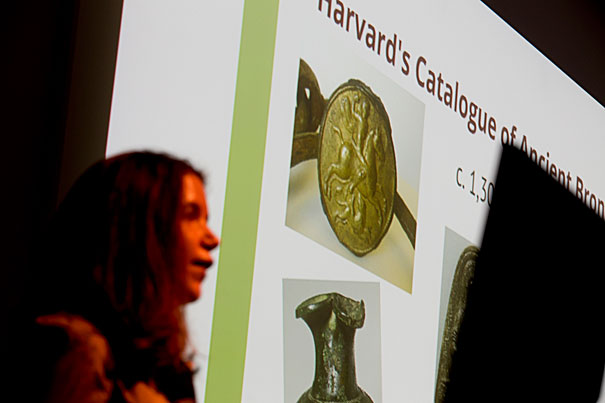
-
Poetic greetings
A Woodberry Poetry Room exhibition features the “Phone-a-Poem” archive, a Cambridge-based service that for 25 years allowed callers to dial in and listen to a famous poet recite his or her work as it was played back on an answering machine.

-
High art with a human touch
Visionary architect and developer John C. Portman Jr., inventor of soaring atria in city hotels, stopped by the Harvard’s Graduate School of Design to offer advice and wisdom.
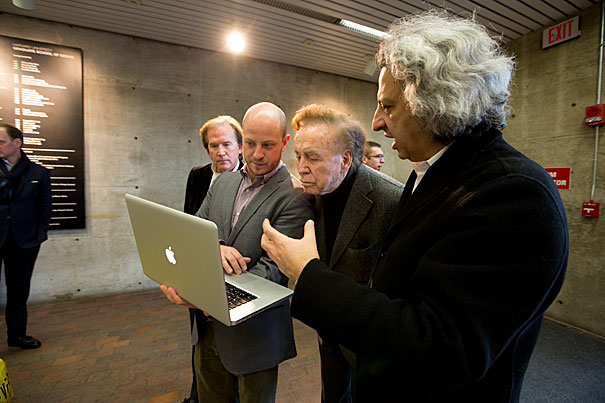
-
The quest for common ground
Cellist Yo-Yo Ma and other panelists probed the factors that can lead to “cultural citizenship,” including migration trends, exclusionism, and individual openness.
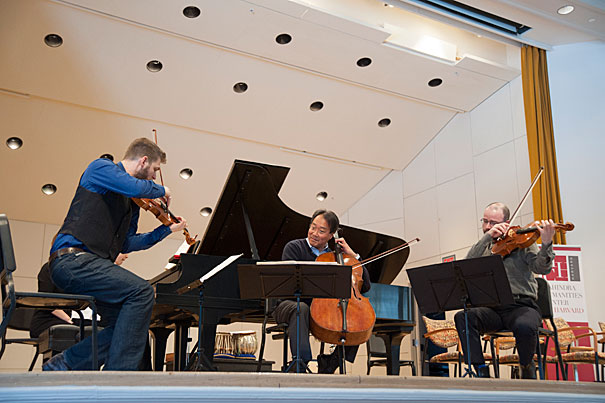
-
Darkness visible
“Congo on the Wire,” a new exhibit at the Carr Center, helps a panel of experts outline the horror and complexity of an African war.
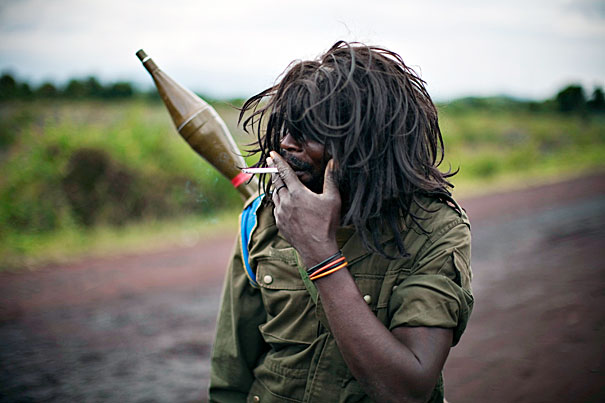
-
Bringing culture outdoors
The idea of “The City as Canvas” is to bring art — what one might experience behind the doors of museums and cultural institutions — into public spaces. On Friday, a Loeb Fellow led a conversation on that topic as part of the series “The Power of Cultural Disruption” at the Graduate School of Design.
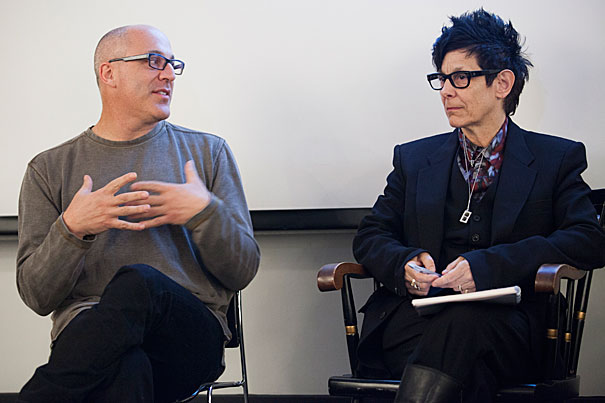
-
Art and cost
Why should cities support the arts, and how can they do so sustainably? Experts debated those questions at the public launch of a multiyear initiative of the Hauser Center for Nonprofit Organizations that will analyze the role of the arts in strengthening U.S. cities.
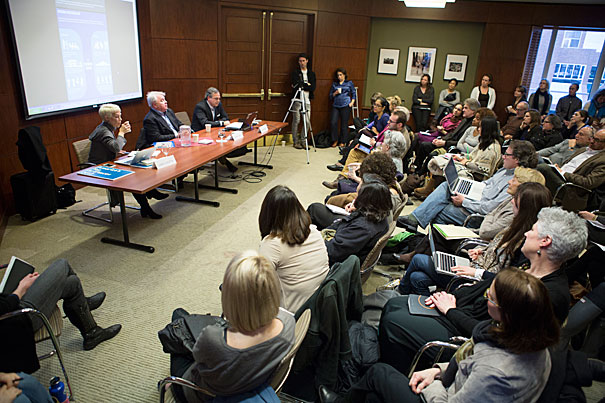
-
Of art and the Civil War
Harvard joins with three other universities and five theaters in the National Civil War Project, a multiyear collaboration that will use the arts to re-imagine America’s transformative conflict of 150 years ago.
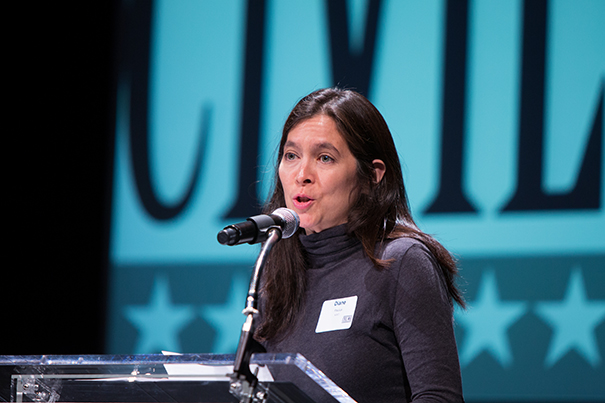
-
The ‘last Renaissance man’
In the second of three lectures on founding father Thomas Jefferson, historian William J. Moses probed the stark contrasts that the third president showed in his writings and behavior, in his character and his intellect.
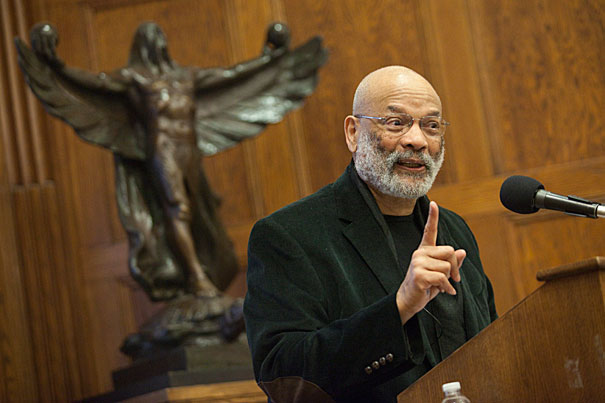
-
100 years of Harvard University Press
This year marks the 100th anniversary of Harvard University Press (HUP), and as part of a yearlong celebration Houghton Library is hosting an exhibition of HUP publications, correspondence, and other materials.

-
A teaching treasure trove
As plans for renovating the Harvard Art Museums progress, officials offer a look at what the refurbished facility will hold.

-
Arresting images
A new exhibit at the Harvard Law School Library explores the portrayal of crime in the American media, a relationship that began in the mid-1800s when a public fascination with true crime emerged.

-
James Wood’s lighter side
James Wood, Harvard professor and New Yorker critic, talked to the Gazette about his new book, “The Fun Stuff,” losing himself in music, and a looser approach to fiction.
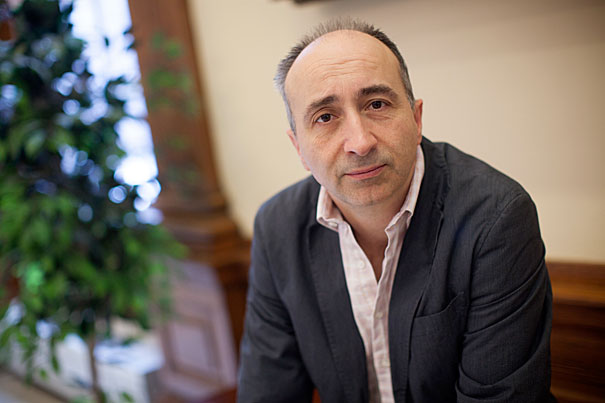
-
Harvard filmmakers in Berlin
Filmmakers with Harvard ties are showing, speaking, and mingling at the Berlinale, the Berlin International Film Festival.

-
Saga of a Civil War surgeon
A lecture series on medicine in the Civil War continues at Harvard Medical School with a look at Zabdiel Boylston Adams, a descendant of an iconic American founding family who served heroically as both a doctor and an infantry officer.

-
Sound that travels
Grad students discussed issues of appropriation and collaboration during “Africa Remix: Producing and Presenting African Musics Abroad” at the Barker Center.

-
A remembrance of things Proust
Ahead at Harvard is a semester of celebrating Marcel Proust, whose landmark “Swann’s Way” was published in 1913.

-
Violence, meet nonviolence
Starting in 2014 at the Mahindra Humanities Center, a three-year, interdisciplinary seminar and lecture series, funded by the Andrew W. Mellon Foundation, will investigate the interdependence of violence and nonviolence.
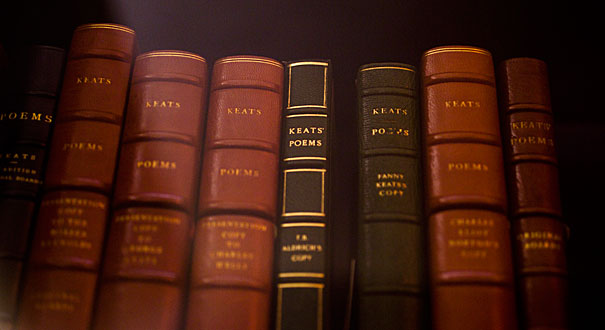
-
A different take on Tut
French Egyptologist Marc Gabolde offered a different interpretation of the DNA evidence on King Tut’s lineage in a talk at Harvard’s Science Center.

-
Matt Damon to receive Arts Medal
Actor, writer, producer, and humanitarian Matt Damon is the recipient of the 2013 Harvard Arts Medal, which will be awarded by Harvard President Drew Faust at a ceremony on April 25 at 4 p.m. at Sanders Theatre.

-
The Emancipation Proclamation now
Marking the 150th anniversary of the Emancipation Proclamation, the Harvard Gazette asked scholars from across the University to reflect on the historic order’s ongoing impact today.
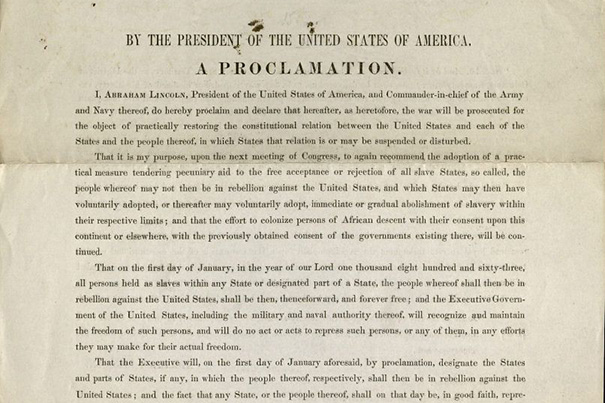
-
The Proclamation at Houghton
Among the vast holdings at Houghton Library is a signed copy of the Emancipation Proclamation once owned by Charles Sumner, Abraham Lincoln’s confidante and Secretary of State during the Civil…
-
Lunch with Tiffany
British director and Tony Award winner John Tiffany is reworking the classic Tennessee Williams play “The Glass Menagerie” for the American Repertory Theater.

-
26 immortal portals
A January Arts Intensive in journalism explored the facts, fun, and stories behind Harvard Yard’s 26 gates, including architectural features that are little noticed by those who pass through them.
